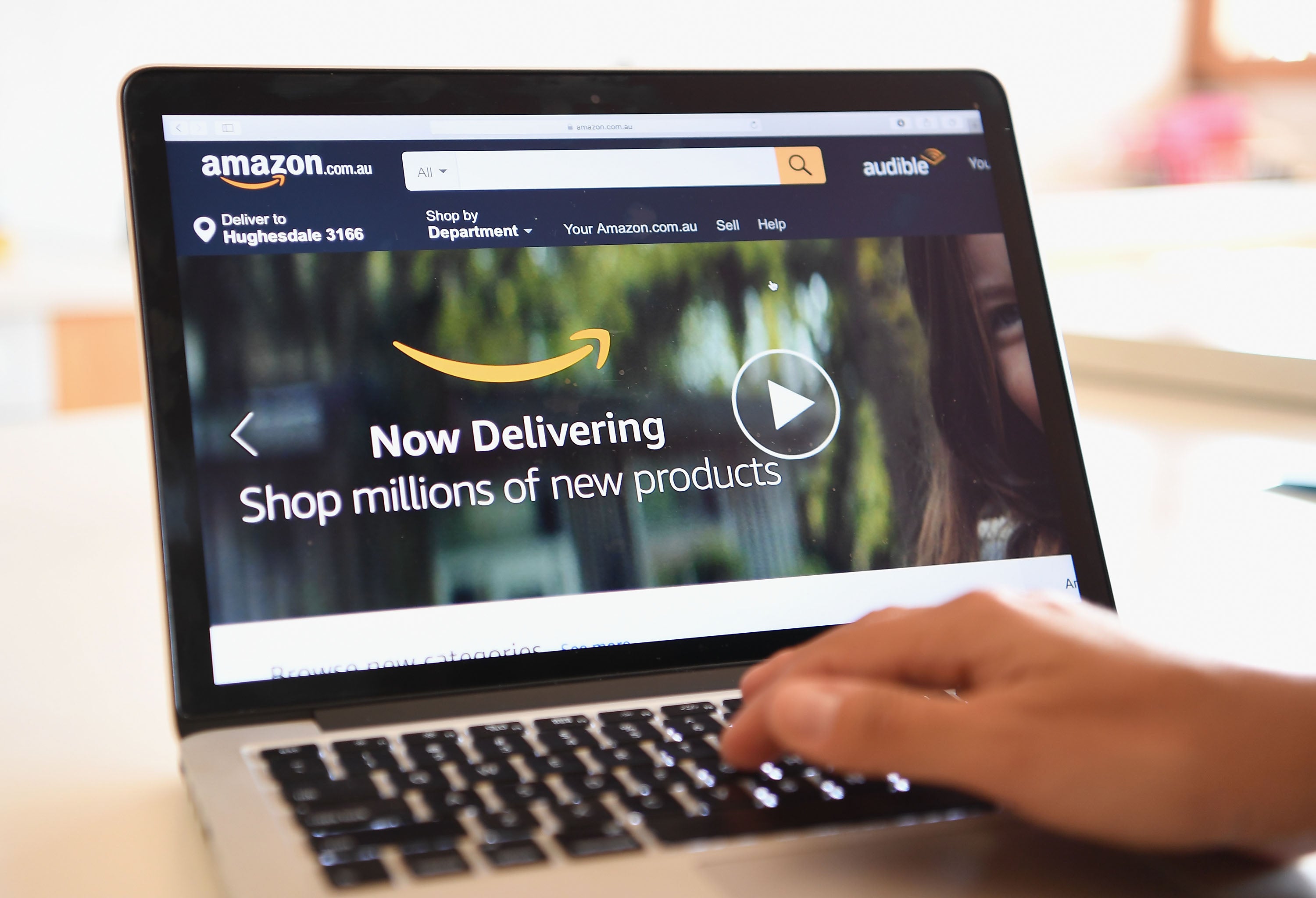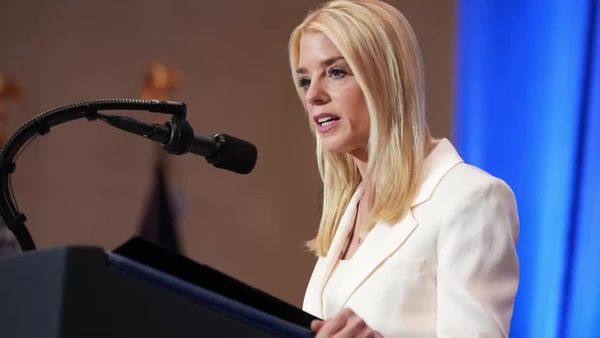
Amazon is working on improving its search bar to improve its shopping site, internal documents have revealed.
The company plans to use machine learning to make the bar ‘smarter’, including adding more personalized and context-aware features.
According to Business Insider, which reportedly reviewed internal documents from Amazon, the improvements could result in an extra $8.8 billion (£6.71 billion) in indirect sales.
This comes through a number of features that Amazon is testing, including product images, augmented reality, better understanding of queries, and additional Amazon Prime links following autocompleted suggestions.
Amazon would give links to individual brand pages on Amazon within the search box itself, although it is currently unclear how the shopping giant would organize the ranking of such brands.
Amazon is also reportedly considering showing adverts as a part of the autocomplete suggestion.
An Amazon spokesperson apparently confirmed the existence of the documents to Business Insider, but would not comment further.
The Independent has reached out to Amazon for comment.
The company would also increase “natural language understanding,”, which would be used to translate vague search queries into tangible products.
If a user searched for “something attached to the bike”, for example, Amazon’s search bar would surface kickstands in the top results.
This would be implemented in multiple languages, with Amazon focusing on “the 50 top languages spoken in the world”, according to internal emails.
A better understanding of search queries, which Amazon calls a ‘mission-awareness search,” increases the chances of an immediate purchase; the shopping giant would recommend Nikon cameras, for example, after a shopper types the letter ‘N’ following a search for cameras.
"Our vision is to transform search from a page with search results to a shopping and discovery page, whose objective is to make shopping easy and enjoyable," Amazon's VP of Search Srikanth Thirumalai apparently wrote in an email in late 2019.
The plan would apparently be implemented over three years, transforming the search panel into a “shopping page”.
As well as improvements to its traditional search capabilies, Amazon would use augmented reality and other visual search technology to make it easier for consumers to shop.
This includes allowing users to find an item of clothing by uploading a photo to the website, a feature it already provides via its ‘StyleSnap’ product, which it plans to add video capabilities to.
“The Covid-19 pandemic has changed expectations around high quality digital visualizations of their planned purchases,” Thirumalai wrote.
Amazon’s dominance in the shopping space has attracted attention from the US Congress, which has said that it has “significant and durable market power” in the retail space.
At the end of July, CEO Jeff Bezos was questioned about whether Amazon employees accessed sales data from smaller sellers on its storefront to help Amazon develop its own products.
“I can’t guarantee you that that policy has never been violated,” Bezos said.
“We continue to look into that very carefully. I’m not yet satisfied that we’ve gotten to the bottom of it, and we’re going to keep looking at it.
Collection of aggredate daya is allowed under Amazon’s policies, but specific seller data is banned. The concerns from the US government are that Amazon’s aggregdate data could still provide the company with enough information on specific products to be beneficial.
During the coronavirus pandemic, Jeff Bezos’ wealth rose to $202 billion.
Facebook founder Mark Zuckerberg, Microsoft founder Bill Gates and Tesla CEO Elon Musk also saw more than $110bn added to their combined wealth.







